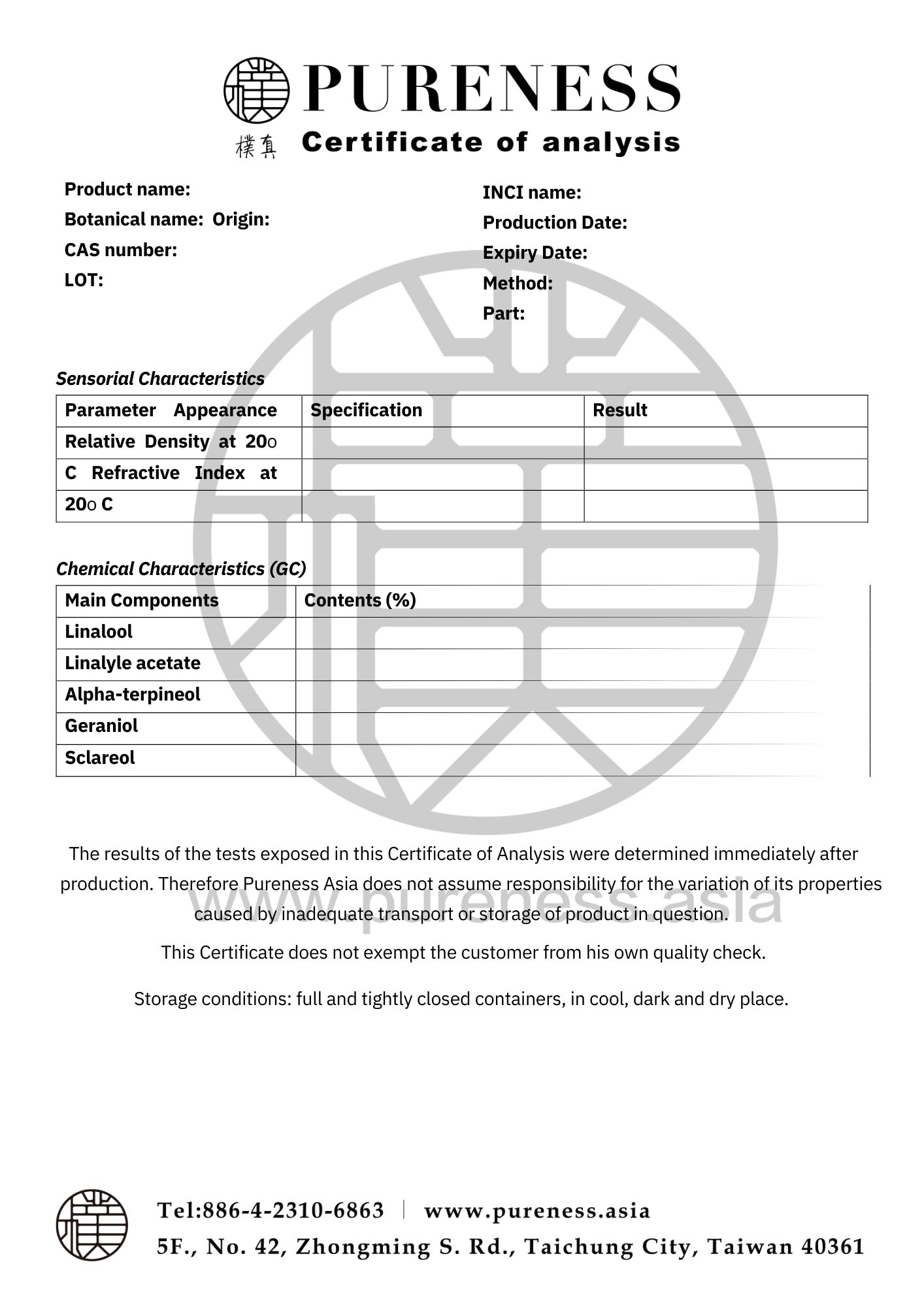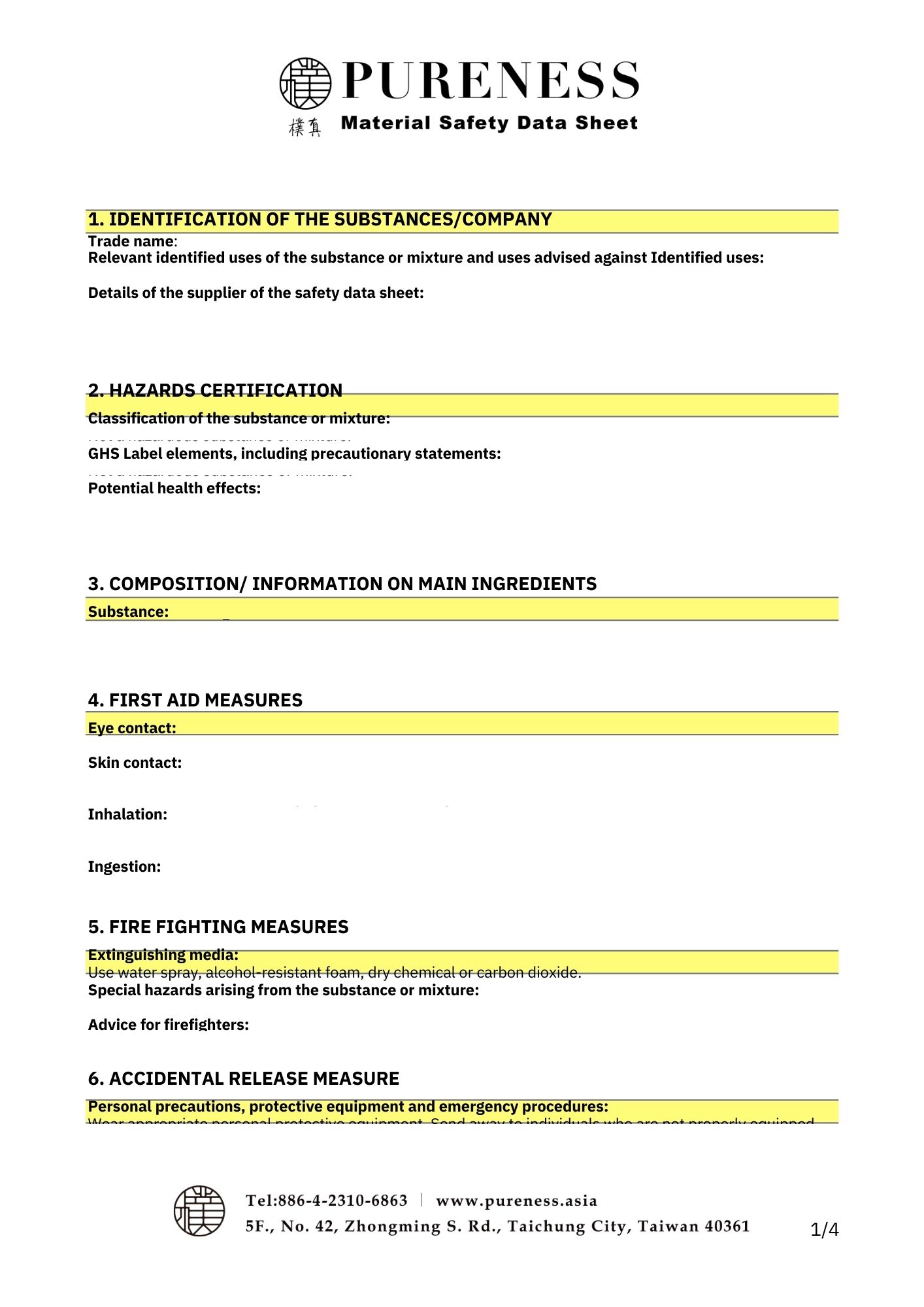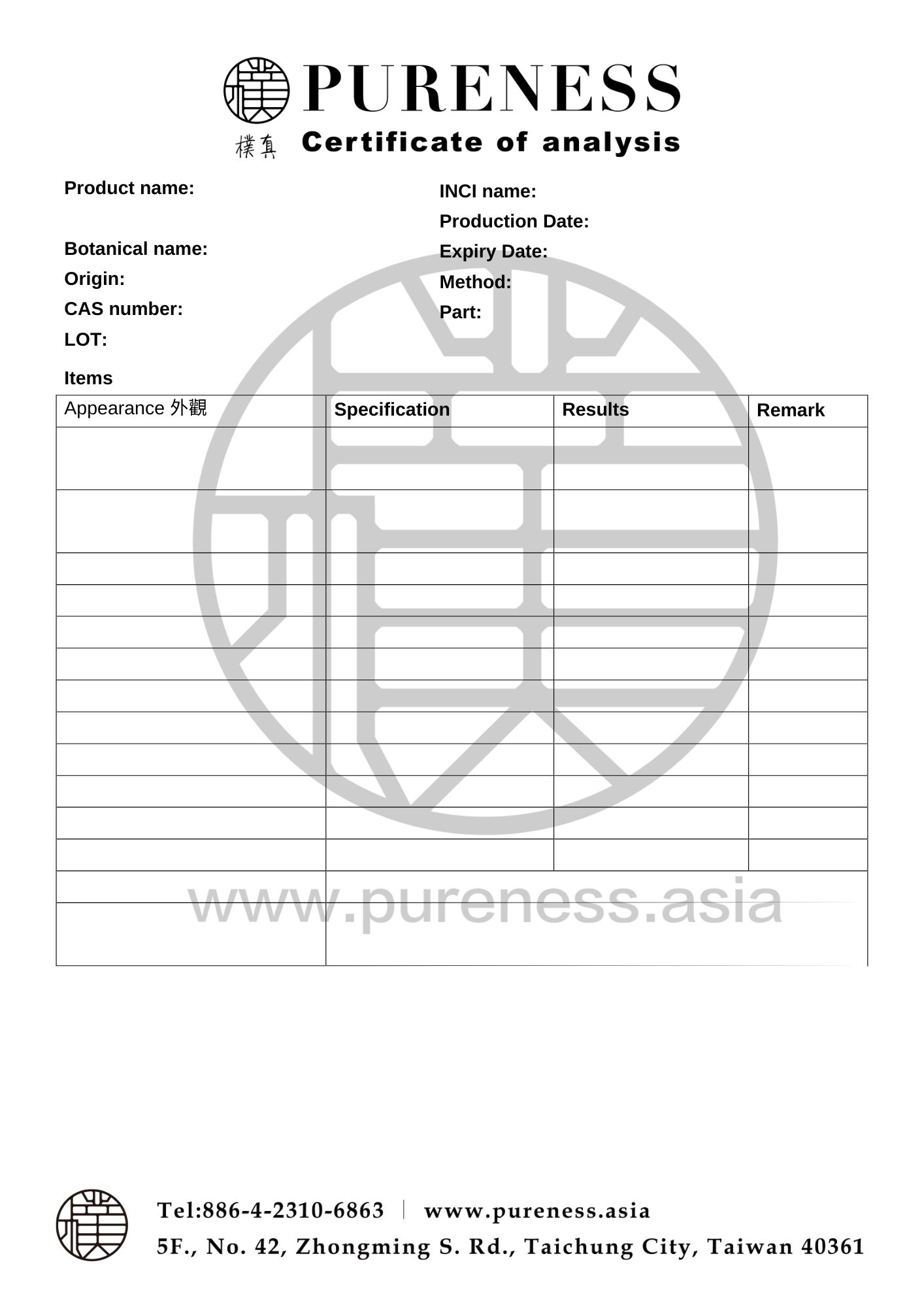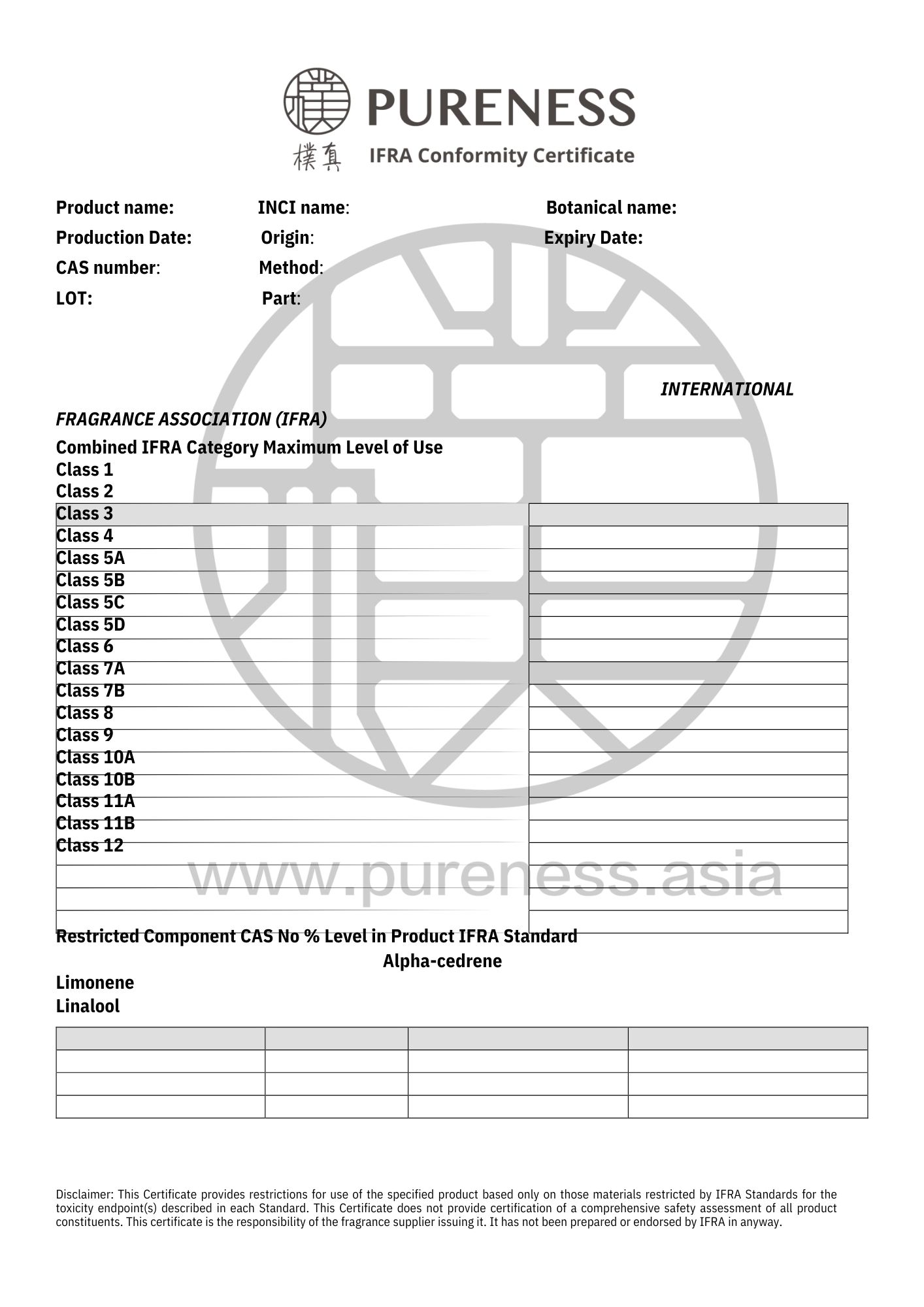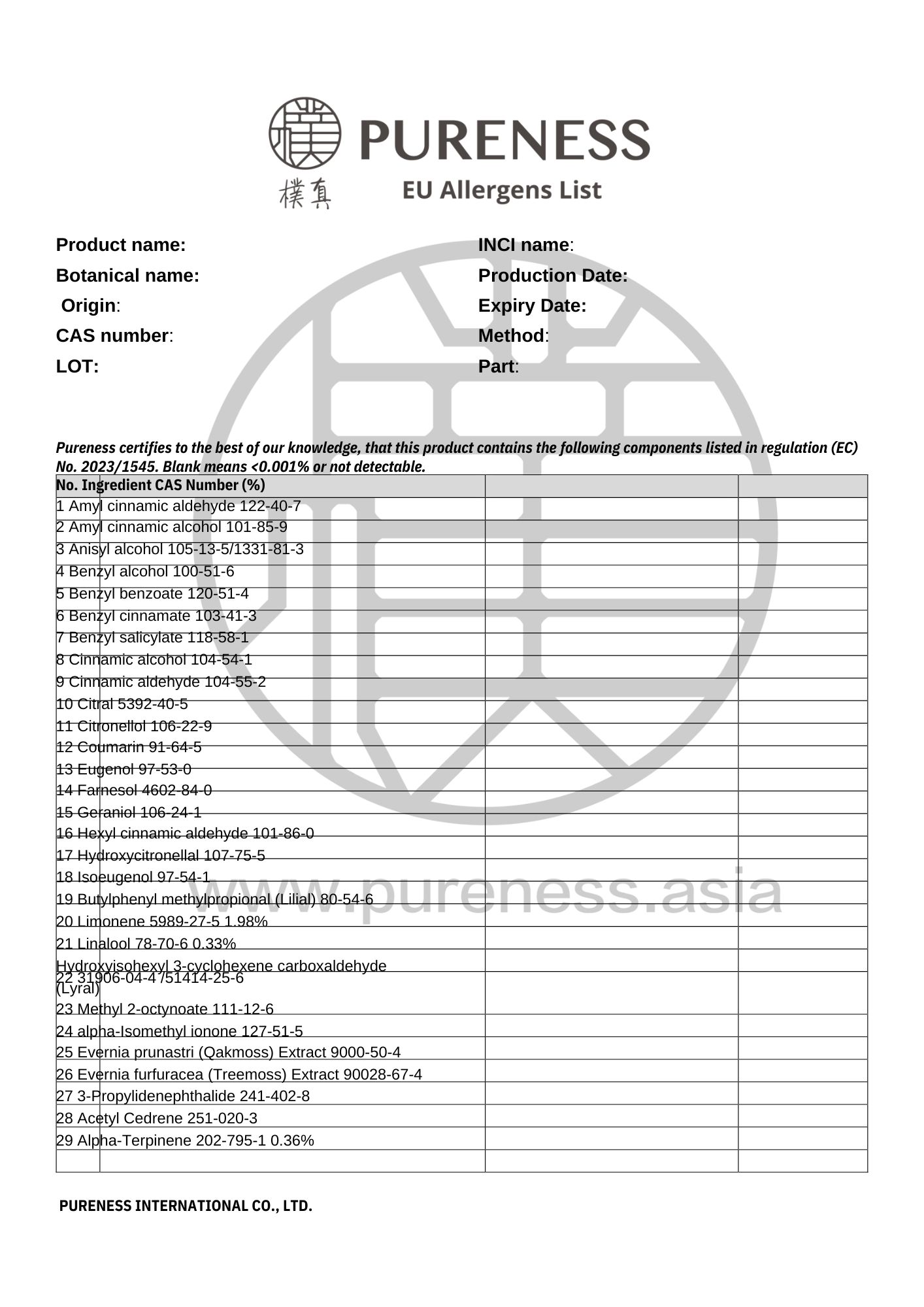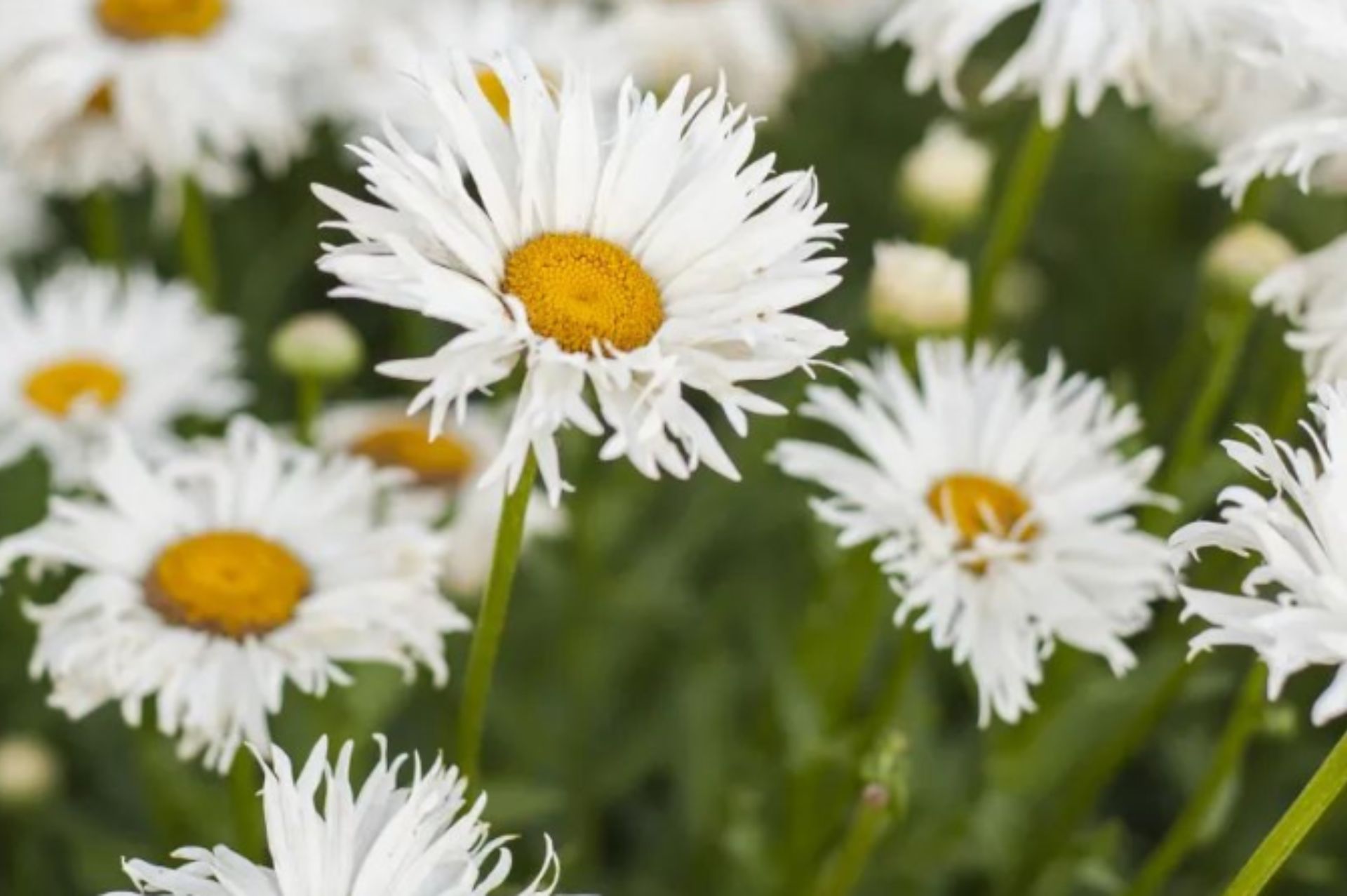
Chamomile wild
Scientific name|Ormenis mixta
Origin|Morocco
Classification|Flower series
Specifications|500g-25kg Please contact sales for details
Extraction part|Flower
Extraction method | Distillation
Plant family|Asteraceae
Aroma|A sweet and warm herbal scent
▎Essential Oil Introduction
The Asteraceae family is vast, including plants like Roman Chamomile, German Chamomile, Helichrysum, Yarrow, and Chamomile Wild. Essential oils from this family belong to different chemical groups.
Chamomile Wild is one of the few essential oils representing the monoterpenol category. Its monoterpenols are quite unique, primarily containing Santolina alcohol (Lavandulol), along with Artemisia alcohol and Terpinen-4-ol. These components can also be found in ketone-rich essential oils like Lavender, which gives Chamomile Wild a slightly herbaceous scent reminiscent of ketones.
▎Component Analysis
|Main component: Monoterpenols
The main component, Santolina alcohol (Lavandulol), is a unique monoterpenol. In addition to this, the essential oil contains various other components, including a significant proportion of oxides, sesquiterpenes, monoterpenes, and sesquiterpenols. Many of these are rare, such as caryophyllene, acaciaene, β-caryophyllene, nerolidol, teucrenol, and santolina triene.
|Research Validation
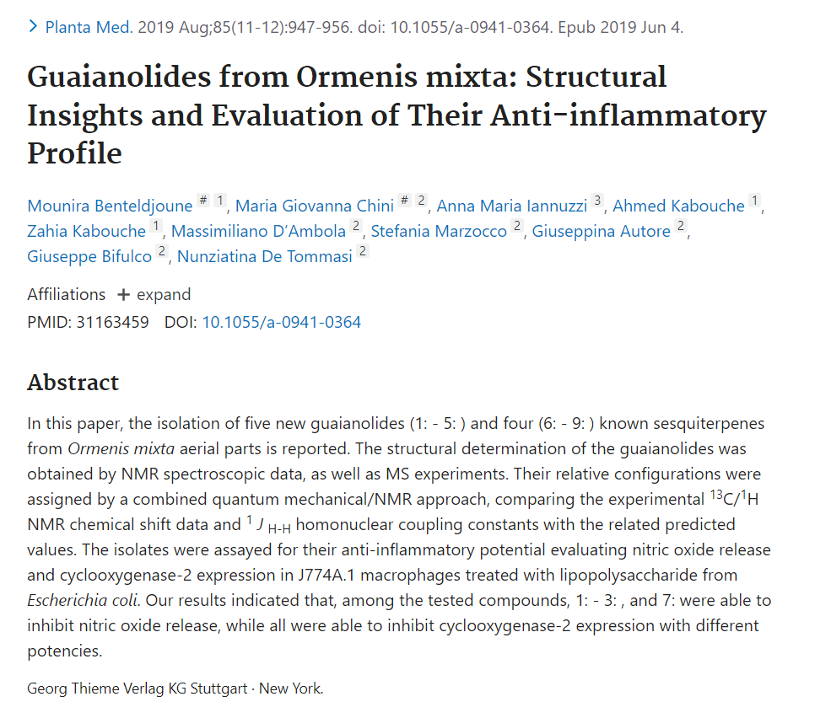
▸ There has been research on the Guaiacol found in Chamomile Wild.
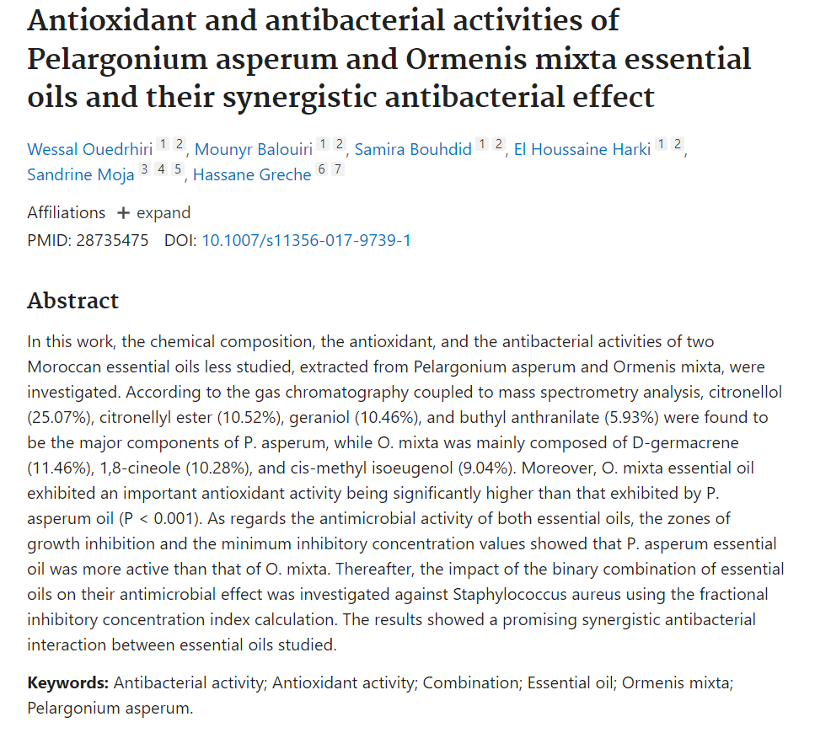
▸ Chamomile Wild essential oil has been studied for its antioxidant properties and its effects against Staphylococcus aureus.
|Raw Material Certifications
To obtain relevant certification information, please contact us on WhatsApp.
▎References
- Benteldjoune M, et al. Guaianolides from Ormenis mixta: Structural Insights and Evaluation of Their Anti-inflammatory Profile. Planta Med. 2019. Aug;85(11-12):947-956.
- Ouedrhiri W, et al. Antioxidant and antibacterial activities of Pelargonium asperum and Ormenis mixta essential oils and their synergistic antibacterial effect. Environ Sci Pollut Res Int. 2018. Oct;25(30):29860-29867.
- Guimarães R, et al.Wild Roman chamomile extracts and phenolic compounds: enzymatic assays and molecular modelling studies with VEGFR-2 tyrosine kinase. Food Funct. 2016. Jan;7(1):79-83.
- Seo SM, et al. Fumigant toxicity and acetylcholinesterase inhibitory activity of 4 Asteraceae plant essential oils and their constituents against Japanese termite (Reticulitermes speratus Kolbe). Pestic Biochem Physiol. 2014. Jul;113:55-61.
- Guimarães R, et al. Nutrients, phytochemicals and bioactivity of wild Roman chamomile: a comparison between the herb and its preparations. Food Chem. 2013. Jan 15;136(2):718-25.
- Infusion and decoction of wild German chamomile: bioactivity and characterization of organic acids and phenolic compounds.
- Guimarães R, et al. Food Chem. 2013. Jan 15;136(2):947-54.
- Jaunard D, et al. Integrated management of wild chamomile (Matricaria chamomilla L.) populations by tillage. Commun Agric Appl Biol Sci. 2013. ;78(3):657-63.
- Jaunard D, et al. Effect of mechanical weeding on wild chamomile (Matricaria chamomilla L.) populations in winter wheat crop (Triticum aestivum L.). Commun Agric Appl Biol Sci. 2012. ;77(3):363-8.
- Mazokopakis EE, et al. Wild chamomile (Matricaria recutita L.) mouthwashes in methotrexate-induced oral mucositis.Phytomedicine. 2005. Jan;12(1-2):25-7.
- DULOU R, et al. [Essence of Ormenis Multicaulis (Braun-Blanquet and Maire) grown in Morocco]. Ann Pharm Fr. 1952. Feb;10(2):111-7.
|Some images sourced from the internet. Contact for copyright removal|
